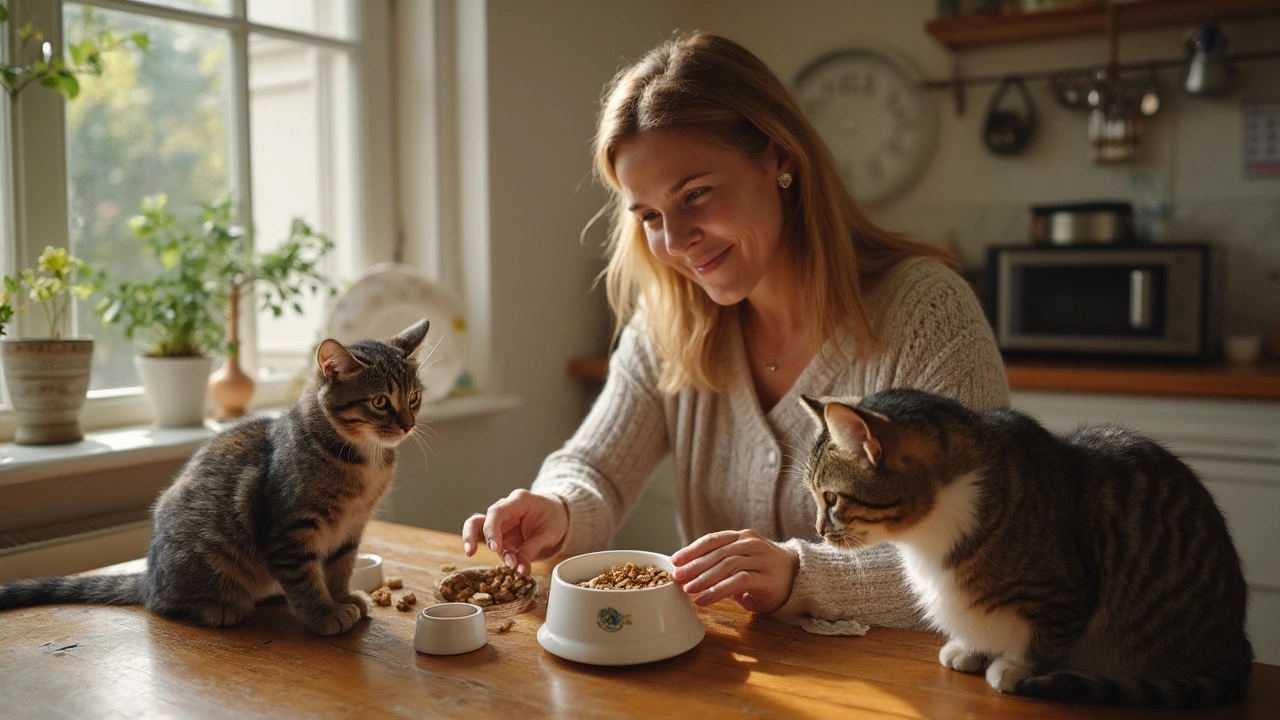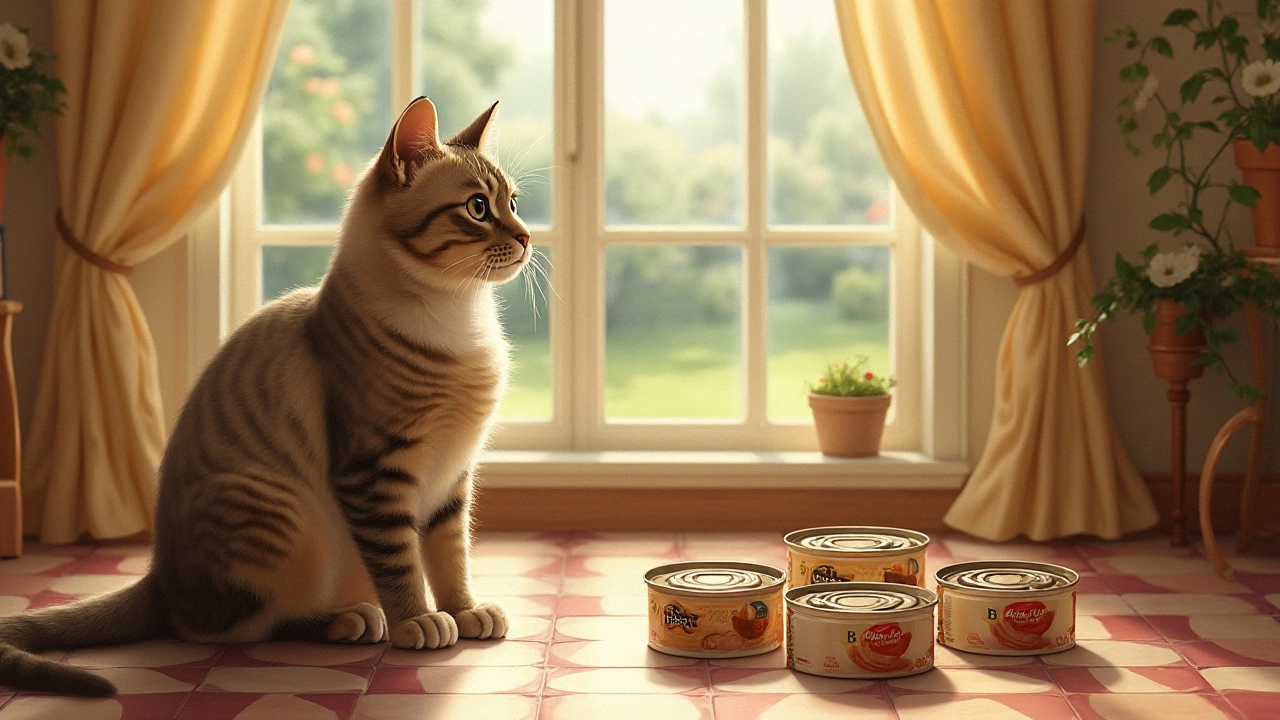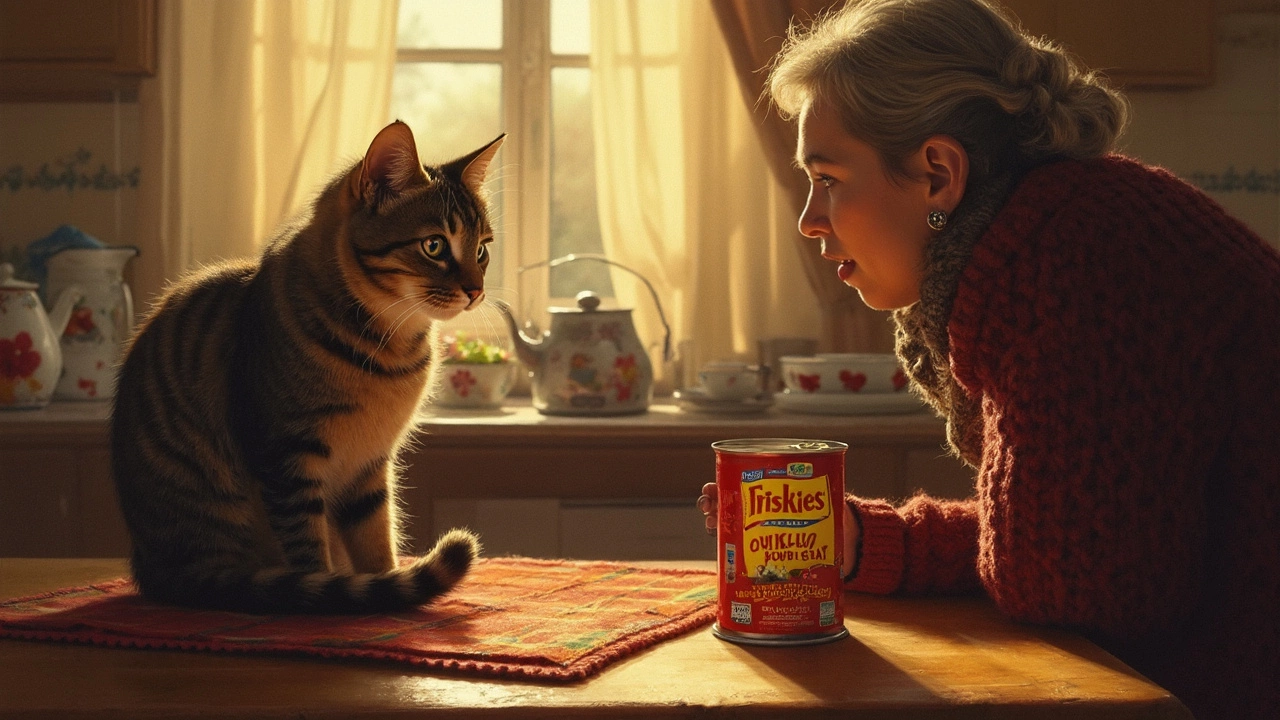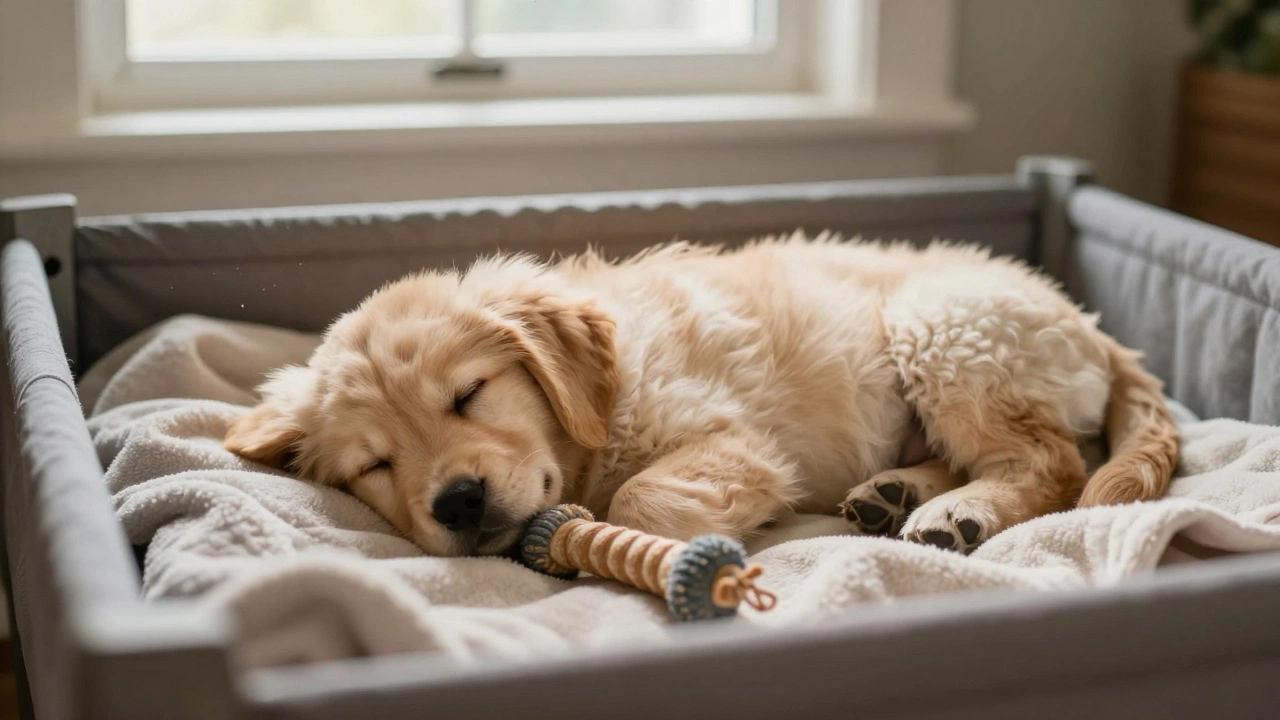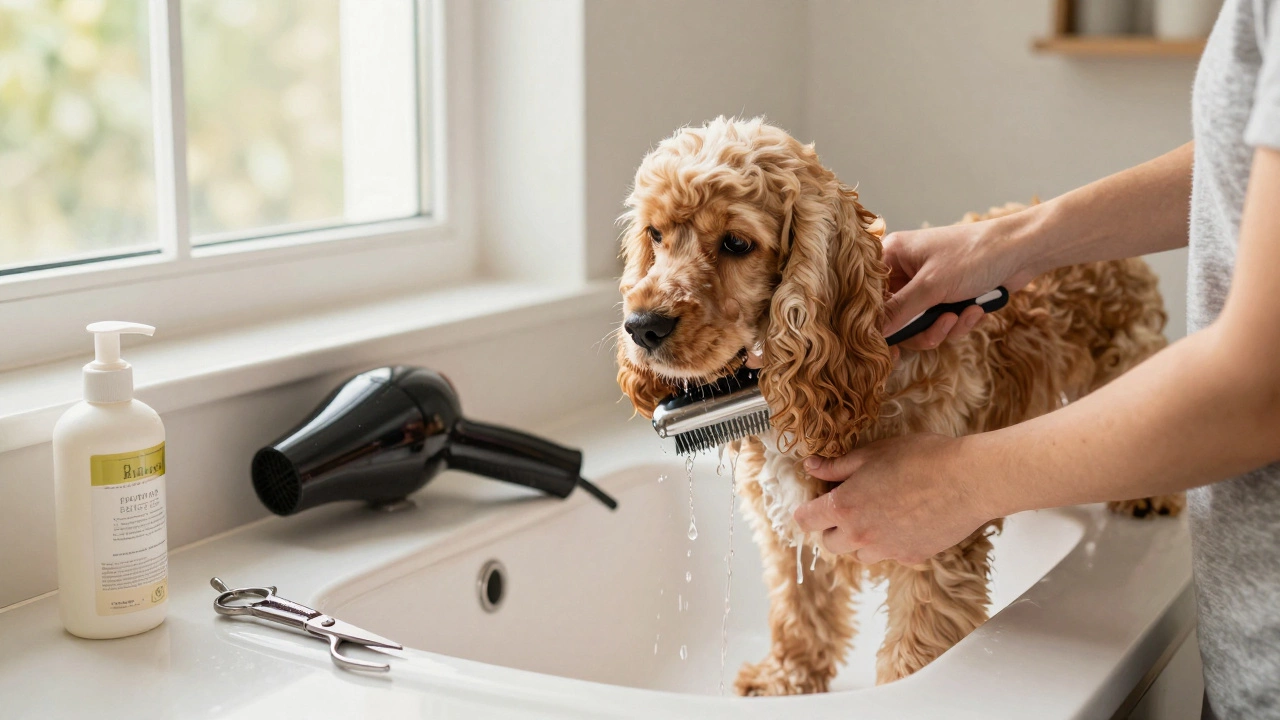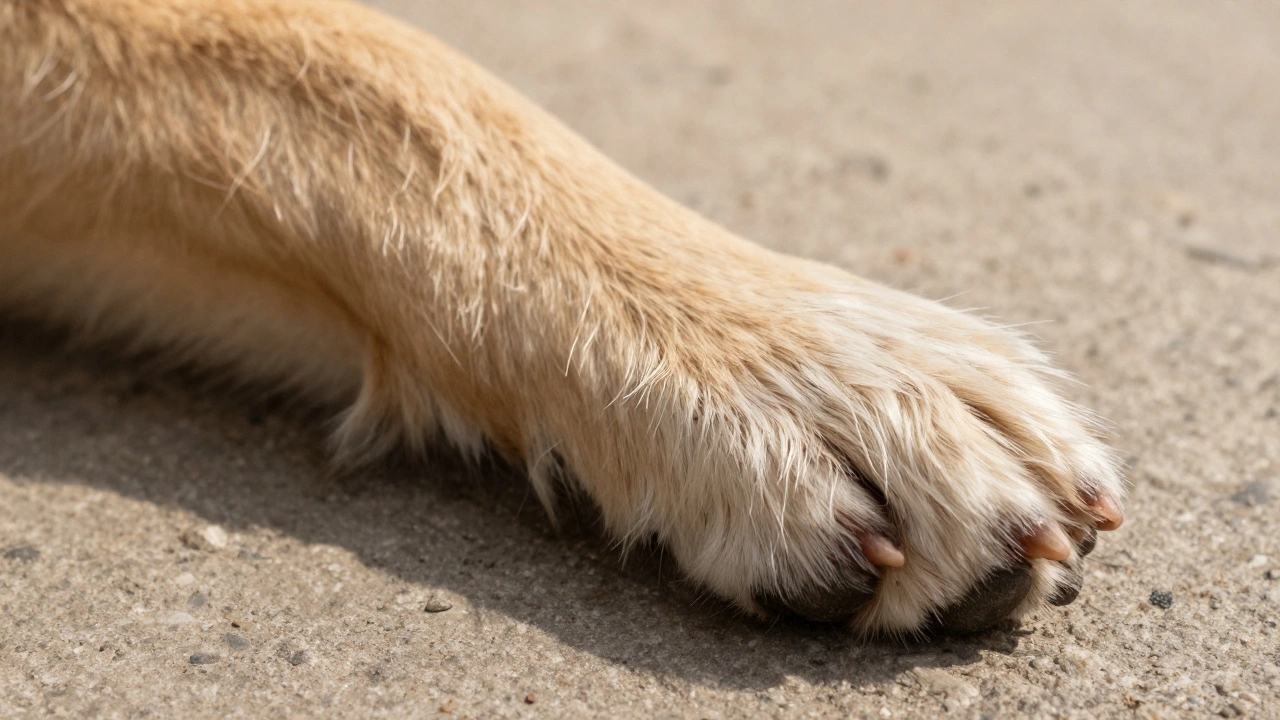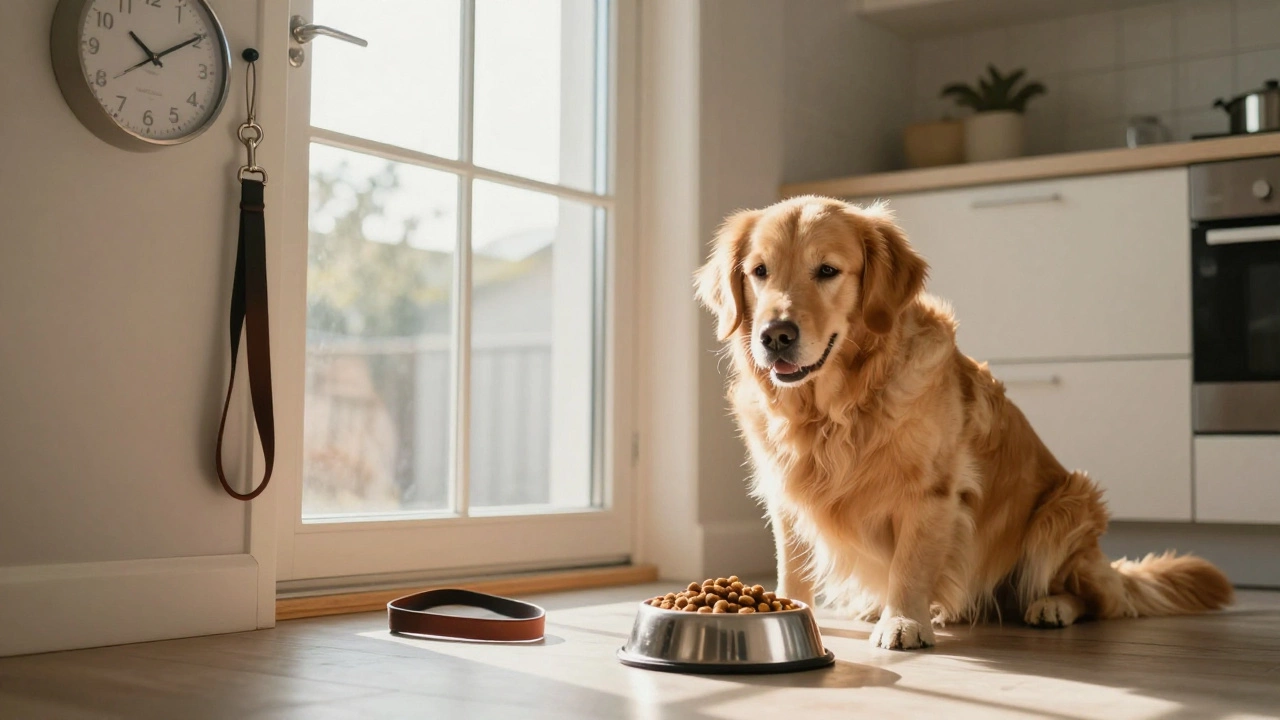If you ask ten cat owners how often they feed their cats, you’ll probably get ten different answers. No surprise there—cats are picky, and what fits one may not work for another. But if you want the quick answer: most adult cats thrive on two meals a day. Keep the timing consistent and you’ve already nailed half the job.
Some cats, especially kittens and seniors, need to eat more often. Kittens burn through energy fast, so they should eat three or even four times a day. On the flip side, older cats with health issues might do better with smaller, more frequent meals. It’s not one size fits all, but setting a regular routine helps keep their digestion steady and their moods level.
Watch for signs like begging for food way too often, unexplained weight gain, or even losing interest in meals—these can be hints that your feeding times need tweaking. And before you pour their kibble, double-check that your cat’s food matches their age and activity level. The calmer the schedule and the healthier the portions, the happier your furry roommate will be.
- The Ideal Number of Meals for Most Cats
- What Affects Your Cat’s Eating Schedule?
- Kittens vs Adults: Big Differences
- The Risks of Free-Feeding
- How to Set Up a Feeding Routine That Sticks
- Bonus Tips for Happy, Healthy Mealtimes
The Ideal Number of Meals for Most Cats
Most vets and cat nutrition experts agree: the sweet spot for cat eating schedule is feeding healthy adult cats twice a day. Morning and evening meals, roughly 8-12 hours apart, keep energy steady and prevent them from scarfing down everything at once. Splitting their daily calories into two servings matches their natural instinct—wild cats tend to hunt more than once a day, so this rhythm just feels right to them.
This cat feeding times routine also helps you track how much your cat eats, which is key for keeping their weight in check. With dry kibble, you don’t get the mess, and if you choose wet food, you avoid letting it sit too long and spoil. Consistency reduces stress too—a regular routine tells your cat it’s time to chow down, making them feel safe and settled.
Cats can also adapt to three meals if your schedule allows, especially if they’re grazers or ask for snacks between meals. Just make sure you spread out their total calories, instead of increasing the amount—overeating has a way of sneaking up on indoor cats. And for owners who are away all day, cat food tips often include using timed feeders which can split meals evenly, so your cat isn’t left hungry or overeating when you get home.
| Cat Age | Recommended Meals Per Day | Notes |
|---|---|---|
| Kitten (under 6 months) | 3-4 | Frequent, small meals; high energy needs |
| Adult (6 months - 7 years) | 2 | Split total food into two servings, AM & PM |
| Senior (7+ years) | 2-3 | Some do better with 3 smaller meals |
One major perk of set meal times is portion control. A chubby cat doesn’t need a third bowl—she needs you to measure her food. Check the label on your cat food for the exact amount, adjust for your cat’s activity level, and don’t be afraid to ask your vet if you’re stuck. Your cat might not love you for ignoring those pitiful meows at first, but her waistline and health will thank you later.
What Affects Your Cat’s Eating Schedule?
Your cat’s eating habits aren’t just about a full bowl and an empty belly. There are some real factors that shape how and when your cat begs for food—or ignores it completely. Let’s break down the biggest ones.
- Age matters: Kittens seem to eat nonstop, and they actually need more meals compared to adults. As cats get older, their hunger slows down, and the number of meals can go down too.
- Activity level is huge: Indoor cats lounging by the window all day won’t need as much food—or as many feedings—as super-active outdoor cats or rowdy younger cats tearing through the house at 2 a.m.
- Health conditions: Some illnesses, like diabetes or thyroid problems, can make a cat way hungrier or completely zap its appetite. Special diets or meds might mean more frequent feedings or a tighter feeding routine.
- Food type also plays a part: Wet food fills them up for less time than dry cat food. Cats on a dry-only diet might nibble more often while wet food eaters often feel full for longer.
- Household routine: Your schedule kind of becomes theirs. Cats notice when you wake up, leave, and get home. If you feed them before work, at dinner, or late at night, they’ll expect it at those times—every day.
- Breed quirks: Some breeds, like Bengals or Siamese, are just more energetic. Those cats might need more frequent meals or larger portions to keep up with them.
One interesting bit: a 2020 study looked at cat eating schedule and noticed that cats with predictable routines were less likely to wake their owners up early for food. Food anticipation is real! So if you want to sleep in on weekends, it pays to stick to the same meal times—no last-minute changes.
Mood matters, too. Stress, changes at home, noises, or even a new pet can toss their appetite off. If you see your cat skipping meals or suddenly gobbling everything, think about what changed around the house.
There’s a lot to keep in mind, but checking in on these factors makes it way easier to build a cat feeding times plan your cat—and you—can actually live with.
Kittens vs Adults: Big Differences
When it comes to feeding, there’s a massive gap between what kittens and adults need. Growing kittens aren’t just small versions of adult cats—they’re eating machines. They need loads of calories for all that rapid growth and play. From the time they’re weaned at about 4 weeks old up until 6 months, kittens should be eating at least three or four small meals a day. Miss a meal and you’ll have a tiny tiger meowing in protest before you know it.
By contrast, most healthy adult cats (about one year and up) do best with two regular meals a day. Their metabolism slows down, so packing in more food can lead to chubbiness—especially if your cat prefers the window sunbeam over chasing toys. The best way to stick to a correct cat eating schedule is to use set mealtimes and portion sizes. Here’s a quick breakdown:
| Age | Meals per Day | Notes |
|---|---|---|
| 4-12 weeks (Kittens) | 4 | Fast growth, tiny stomachs |
| 3-6 months (Kittens) | 3 | Still growing, can handle a bit more at once |
| 6-12 months (Teens) | 2-3 | Transition to adult timing |
| 1 year+ (Adults) | 2 | Most cats thrive here |
Cat feeding times should match their energy needs. If you’ve got a kitten, you’ll definitely be running to refill their bowl more often. Adult cats are usually fine with breakfast and dinner, and they learn the routine fast. The trick is not to overdo it—measuring portions is key, especially for indoor cats who don’t burn as many calories.
- For kittens: Look for food labeled for growth—high protein and fat are a must.
- For adults: Pick a food that matches their activity level (indoor, senior, or active formulas).
- Kittens outgrow their higher-calorie meals by 12 months—don’t forget to slowly switch to adult food at this point, mixing it in over a week or so to avoid tummy trouble.
The bottom line: kittens and adults need totally different fuel. Keep your eye on their age, activity, and body shape, and let those things guide how often—and how much—you dish out at every mealtime.
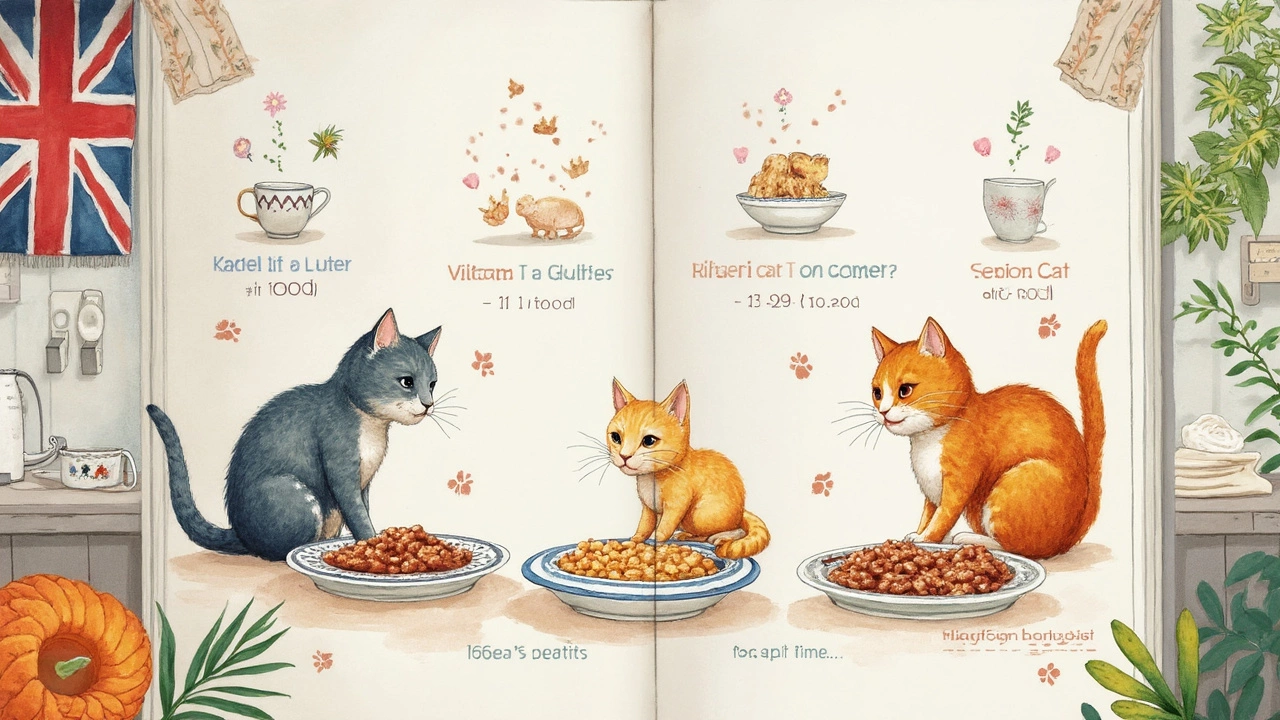
The Risks of Free-Feeding
Leaving a full bowl of cat food out all day—called free-feeding—sounds super convenient. Just fill it up and forget about it, right? But there are some real downsides to this approach that every cat parent should know.
First up, weight gain. Cats don't always have the best self-control. If there's food around all the time, most will snack way more than they need. That's a big reason why free-feeding is linked to rising rates of feline obesity. A survey published by the Association for Pet Obesity Prevention found over 60% of household cats in the U.S. are overweight—free-feeding is a major culprit.
Free-feeding also makes it hard to track your cat’s appetite. If your cat suddenly stops eating as much, that can signal illness. But if you're used to topping up their bowl whenever, it's easy to miss these warning signs. Plus, uneaten wet food sitting out goes bad quickly, attracting bugs or making your cat sick.
Here are some of the most common cat eating schedule problems caused by free-feeding:
- Overeating and weight issues
- Boredom eating (just like us, cats will snack when they’re bored)
- Food going stale or contaminated, especially with heat or humidity
- Tougher to monitor who’s eating what in a multi-cat home
- Harder to spot appetite changes that may mean health trouble
Switching to set meal times with controlled portions takes a little more effort but pays off with healthier, happier cats. Plus, using specific cat feeding times gives your cat something to look forward to and helps strengthen the bond between you two.
How to Set Up a Feeding Routine That Sticks
So, you want a feeding schedule that works—one you can remember and your cat won’t fight. Here’s the trick: keep it simple and stick to a pattern your cat can count on. Consistency is huge. Cats are creatures of habit, and feeding them at the same times every day lowers their stress and keeps them from endlessly bugging you for snacks.
Pick two times that work for your family. For a lot of folks, once in the morning and once in the evening is perfect. It doesn’t have to be sunrise and sunset—just do your best to keep it close to the same hours. Try not to feed your cat in the middle of the night or super late at random hours, or it’ll start waking you up for food.
- Measure each meal. Use a kitchen scale or the scoop that comes with your cat food. Overfeeding at every meal leads to weight gain fast.
- Put leftovers away. If there’s wet food that’s not eaten in 30-60 minutes, pick it up. Dry food? Give about 30 minutes, then clear the bowl. Leaving food out all day (free-feeding) messes up your cat feeding times and can make weight control impossible.
- Use a routine spot. Pick a quiet, low-traffic spot for meals. Cats get jumpy if their food spot moves around or there’s chaos at mealtime.
- Stick to the plan—even on weekends. Your cat’s body clock doesn’t care if it’s Saturday, so try to keep meals steady, even if you’re sleeping in.
Pro-tip: Some modern feeders let you schedule meals automatically if you’re working odd hours. They’re not cheating; they’re actually a life-saver for busy folks.
| Schedule Type | Breakfast | Dinner |
|---|---|---|
| Standard | 7:30 AM | 6:30 PM |
| Early Riser | 6:00 AM | 5:30 PM |
| Late Schedule | 9:00 AM | 8:00 PM |
The exact times don’t really matter—as long as you pick what works for you and repeat it. The more predictable the schedule, the better your chances of keeping your cat’s weight, attitude, and digestion on track.
Bonus Tips for Happy, Healthy Mealtimes
Setting up the right routine is step one, but there’s a lot you can do to make your cat’s feeding game even stronger. The details matter—cats know what they like and a little effort goes a long way in keeping them healthy and satisfied.
- Stick to a Schedule: Cats are creatures of habit. They’ll start hovering around their bowl like clockwork if you feed them at the same time every day. It cuts down on begging and helps control weight.
- Keep Water Separate: Most cats like their water bowl far from their food. This goes back to their wild instincts. Place their cat food in one spot, and their water in another to encourage drinking.
- Choose Shallow Bowls: Whiskers are sensitive. Deep bowls make eating uncomfortable. Use a wide, shallow dish so your cat can eat without their whiskers brushing the sides.
- Safe Storage: Store dry cat food in an airtight container to keep it fresh. Canned food should go in the fridge once opened—just cover it up and warm it to room temperature for the next meal.
- Don’t Overfeed Treats: Treats should be less than 10% of your cat’s daily calories. Too many can mess with nutrition and cause picky eating or weight gain.
You want meal times to be fun, not stressful. Some cats get bored if their food is always in the same place. Try using puzzle feeders or hiding small amounts of cat food around the house. It makes eating more like a game and taps into their natural hunting instincts.
For the tech-savvy: Automatic feeders can help if your schedule is all over the place. They’re especially great for early-morning snackers who think breakfast starts at 4 a.m.
Here’s a quick look at typical feeding mistakes cat owners make and how to fix them:
| Mistake | Simple Fix |
|---|---|
| Free-feeding (food always available) | Serve food at set times to avoid overeating and weight issues |
| Feeding from the same dirty bowl | Wash bowls daily to prevent bacteria and smells |
| Changing food too suddenly | Transition over 7 days to prevent tummy trouble |
| Ignoring water intake | Make sure fresh water is always available, away from food |
Lastly, watch your cat like a hawk for changes in eating habits. Less interest in food, sudden weight shifts, or gobbling up everything in sight? These can be early signs your cat needs a vet check. A bit of attention now can prevent bigger problems down the line.

